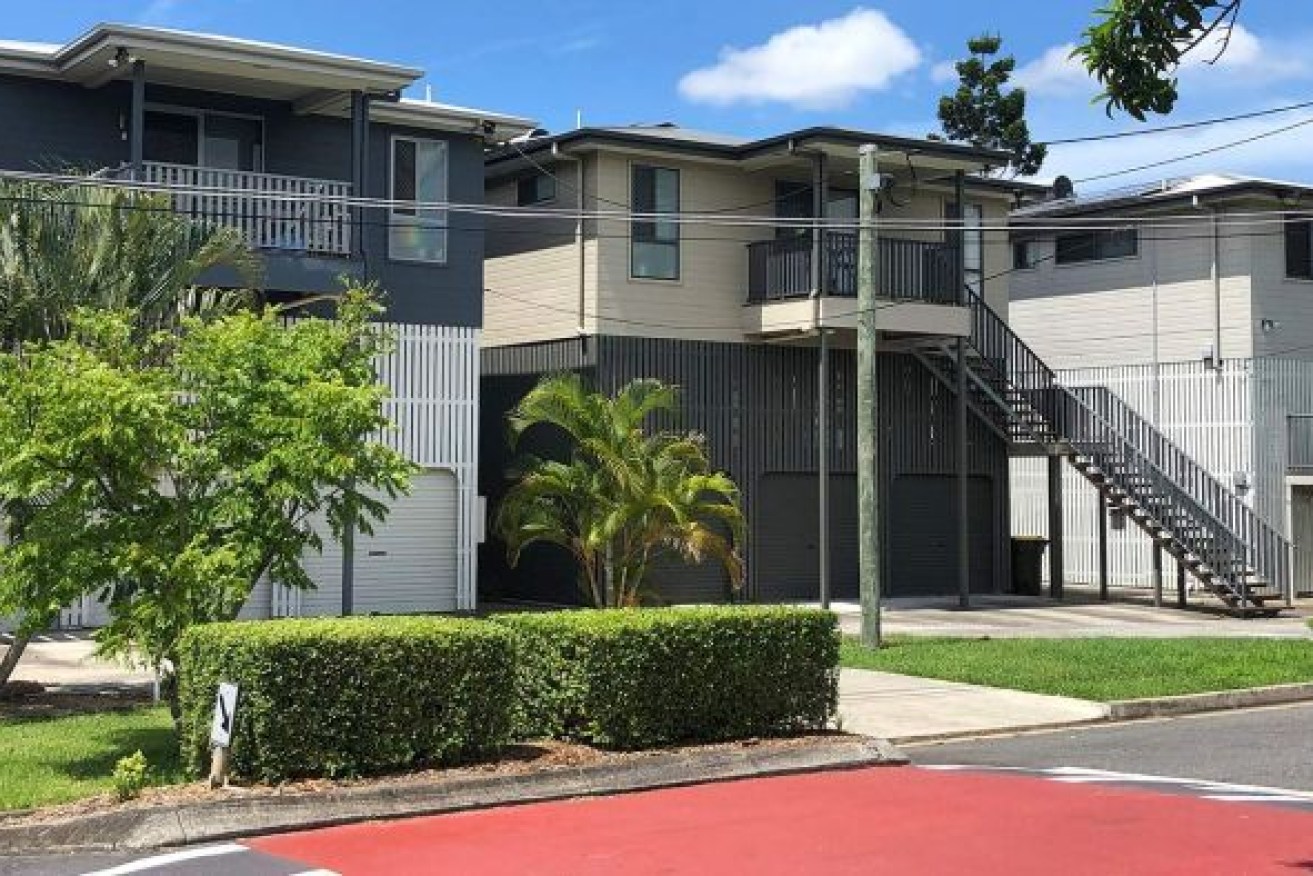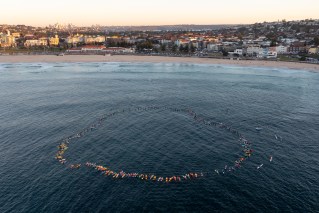Brisbane residents who stayed put after 2011 flood claw back house values
Ten years after the devastating Brisbane flood in which thousands of residents lost their homes and possessions, house prices are back up, but signs of the catastrophe remain.

Across Brisbane, thousands of houses have been raised to avoid future flood damage. Photo: ABC
It was a disaster on an unprecedented scale — 36 people died and about 30,000 Queensland homes and businesses suffered some form of inundation in the floods in south-east Queensland of 2010-11.
In Brisbane, some of the city’s most desirable suburbs were swamped.
Head of research at CoreLogic Tim Lawless said Brisbane house prices were already on a downward trajectory because of rising interest rates, and values in flood-hit areas slumped even further in the wake of the disaster.
“When we look at the Brisbane housing market, say two years after the flood, the worst-affected flooded markets had clearly seen a much larger decline in values than what Brisbane did overall,” he said.
“There are so many different micro dynamics in a market but, broadly, we saw two years after the event Brisbane housing values were down about 5 per cent, whereas in the hardest-hit flooded markets we saw values fall more like about 10 to 12 per cent.
“Some markets were a little bit worse than that, some a little bit better than that, but it’s clear that the flooded markets were down generally more than double what the Brisbane average had seen.”
But the market has since recovered.
“In fact, it didn’t even take 10 years; about five years after the event we’d seen all of the worst-hit markets were back to new record highs,” Lawless said.
“By the end of this 10-year anniversary, we’ve seen Brisbane housing values have risen by nearly 23 per cent, but if we look back across the worst-hit flooded markets, they’ve generally risen by about 14 to 16 per cent.”
Riverside locations that were a curse during the disaster have fared well in terms of house values.
“A lot of these areas that did flood were in very desirable locations — close to the river, close to the water … I think the lure of those desirable suburbs close to the river and close to the city centre has been enough to overcome any sort of issues related to the potential for flooding,” Lawless said.
Brisbane Lord Mayor Adrian Schrinner said more than 95 per cent of flooded properties were built before the 1970s.
“Less than 5 per cent were newly developed properties … and what that shows is that the modern planning controls are working to reduce people’s flood risk,” Schrinner said.
“The majority of the flood risk is in areas that were developed long before the modern age.”
He said residents now had easy access to flood modelling data and thousands of people had taken advantage of post-flood building height relaxations.
“We have implemented a range of changes which help people in those situations,” he said.
“One of them is the ability for people to raise their houses in areas that flood and so we’ve lifted the height limit from 8.5 metres to 9.5 metres to allow people to get that extra bit of height to help get them out of the flood zone.”
But independent councillor for Tennyson Ward Nicole Johnston said more should be done to reduce the flood risk for residents.
“It’s a floodplain so we can’t ever be flood-proof, but there are things that we can do and there is definitely more Brisbane City Council and the State Government can do to make our city and our community safer,” she said.
“There is still a long way to go on achieving flood-mitigation measures that can help our community in the long term.”
Johnston said more backflow valves were needed to help stop water backing up out of the river through drains and flooding streets.
“The big one is backflow valves, so these were recommended following the floods out of council’s independent engineering review,” she said.
“Unfortunately council did the first 15 and then stopped, so there are still 40-odd backflow valves that need to be done around the city, many of them in the area that I represent.
“Unfortunately council is now treating them like other long-term drainage priorities and isn’t investing enough money into making sure that those mitigation measures are in place.”
Schrinner said the devices were not “a silver bullet”.
“They only are effective if you’ve got river flooding and no flooding in creeks … or no rain in the local catchment,” he said.
“If you’ve got water coming down the pipes you don’t want to put a blockage in those pipes, so what these are about is to stop water coming up the pipes.
“There’s only a small percentage of situations where these devices work — in other situations they won’t have any impact at all.
“We’ve prioritised the most critical locations and they have been done and we’re continuing to look for other opportunities to improve the drainage as well.”
For Barry Sommerlad, who lives at Tennyson on Brisbane’s south-west, the events of January 2011 were devastating.
His house sits on Oxley Creek which broke its banks and flooded homes.
“When it was obvious on that Wednesday morning that it was really, really getting serious, it was coming up, we decided we just had to get out and by that time we’d worked throughout the night getting most of our furniture upstairs,” he said.
He said the water went one metre above his home’s floorboards, wrecking walls and a new kitchen, and filling the backyard with mud.
Sommerlad said he would never forget how the local community rallied to support each other.
“The positives were that everybody pitched in and worked together and everybody understood how everybody else felt, so there was great solidarity coming out of that,” he said.
– ABC / Emma Pollard












